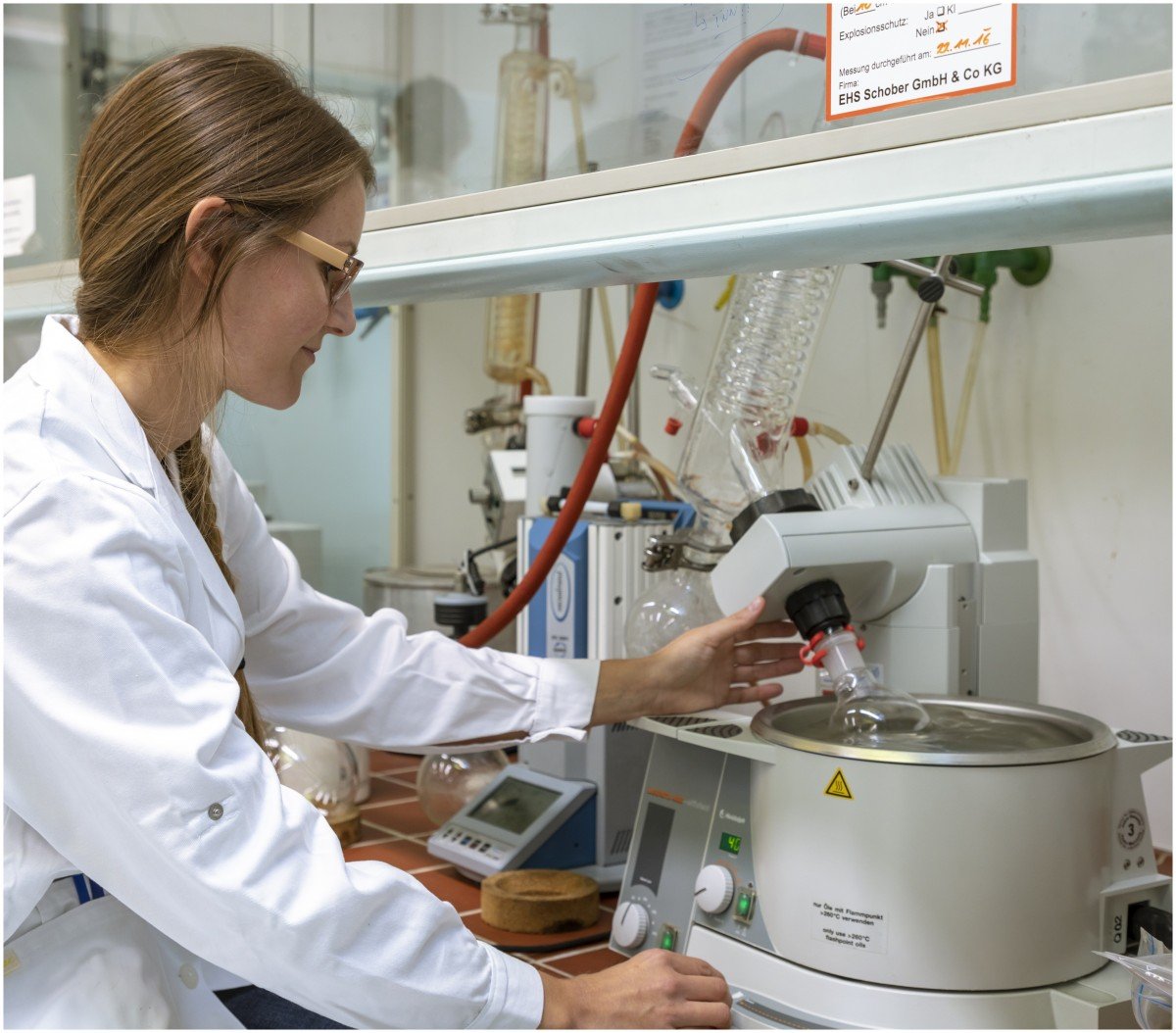
The European sugar beet industry is facing a major challenge. The world market price is low and sugar stocks are full. Experts expect an annual surplus of up to 300,000 tons. But sugar is not everything that can be produced from sugar beet. Biotechnology has already found new uses.
With a share of fifty percent, the European Union (EU) dominates the world market in the sugar beet segment. However, only twenty percent of global sugar production comes from sugar beet. The remaining eighty percent is produced from the cheaper sugar cane. Sugar is mainly used in food and beverages. Only a small part of the world market volume is sold directly to consumers.
Fall of the Sugar Market Regulation
In the 2016/17 financial year, the volume of sugar production in the EU was 16.84 million tons. At that time, exports of European sugar beet were limited to eight percent under the EU sugar market regulations. The EU sugar market regulation fell in 2017. Since then, European sugar beet growers have been able to produce sugar beet without restrictions. But the end of the quota system presents the European sugar industry with a major challenge. Sugar from beet is more expensive than that from sugar cane. 145,000 sugar beet growers in Europe and their 28,000 employees are at risk. Also concerned are the processing industry, traders and suppliers, who are dependent on the sector.
Where Does the Sugar Go?
The fall of the EU sugar market regime stimulated the Carbafin project. Since January 2018, a European team has been researching new uses for the sugar components glucose and fructose. The aim of the research is to create a platform technology for the economic and ecological industrial utilization of glucose and fructose by the end of 2021.
“The CARBAFIN project is about scaling existing biotechnological knowledge and methods to an industrial scale and testing whether the processes are economically viable.” Christiane Luley, enzyme technology expert and CARBAFIN project manager.
Head of the EU project is Bernd Nidetzky, Professor at Graz University of Technology and Scientific Director of theK2 Competence Centre Austrian Centre of Industrial Biotechnology (ACIB) in Graz. Graz University of Technology is involved in the project with several research groups. Their activities are coordinated by Barbara Petschacher from the Institute of Biotechnology and Bioprocess Technology. Also, in the team: research institutions and commercial enterprises from Germany, Belgium, Switzerland and the Netherlands.
Glucose in New Compounds
The platform technology is based on the biocatalytic process of glycosylation. Optimized enzymes are used to combine glucose with other molecules. The enzymes optimization occurs at the University of Ghent. The resulting glycosides can be used in a variety of ways. Depending on the group of substances involved, these are suitable as:
- functional additives in cosmetics;
- Dietary fibers in food and animal feed;
- surface-active substances in detergents;
For example, the project partner Bitop (Dortmund) developed a glycosidic natural substance based on glycerine, that is capable of slowing down skin cell ageing.
Hydroxymethylfurfural From Fructose
A by-product of glycosylation is fructose, which was previously used as an alternative sweetener in foods. The Carbafinproject focuses on the hydroxymethylfurfural that can be obtained from it. This hydroxymethylfurfural is used in bioplastics – for example in resins, adhesives, biofuels and biopolymer products. AVA Biochem from Zug (Switzerland), a project partner is in the team, who is world market leader in the production of hydroxymethylfurfural.
“Carbafin has a high technology readiness level and the project will lead to an application demonstration at the participating companies. From an academic point of view, we are entering with a great deal of prior knowledge in the field of biocatalysis and are concentrating more on the economically sensible implementation of reaction and process management”. Barbara Petschacher, Project Coordinator TU Graz
Ecological and Economic Optimization
The evaluation of the technical strategies of glycosylation is central. This is carried out in Alexander Passer’s working group at the Institute for Material Testing and Building Material Technology with an associated TVFA for strength and material testing. Following a new approach, the life cycle and cost analysis are included in the development at an early stage. The future processes are to be optimized both from an ecological and an economic point of view. An important aspect in process development is compliance with EU directives – especially in the food sector. This is controlled by the project partner GALAB Laboratories.
Carbafin is funded under Horizon 2020 and provides open access to research data. The project results are to be disseminated and exploited. PNO Consultants will support the team in the exploitation of the technology.
Also interesting:
Animal Feed from Insects Enables Environmentally Friendly Livestock Farming
Yeast as an Alternative Protein Source for Animal Feed
